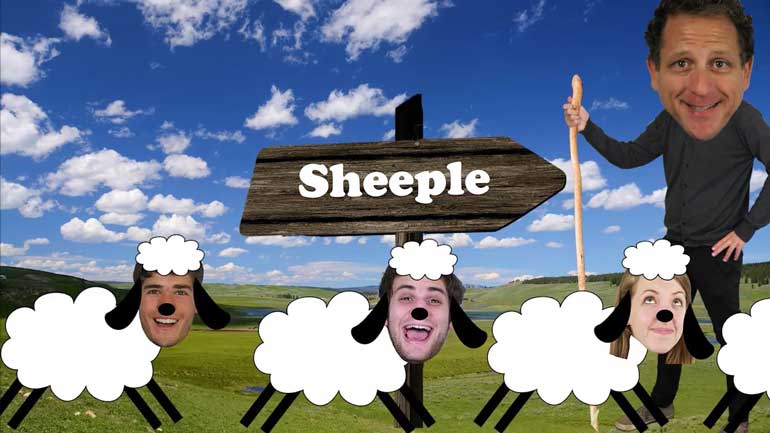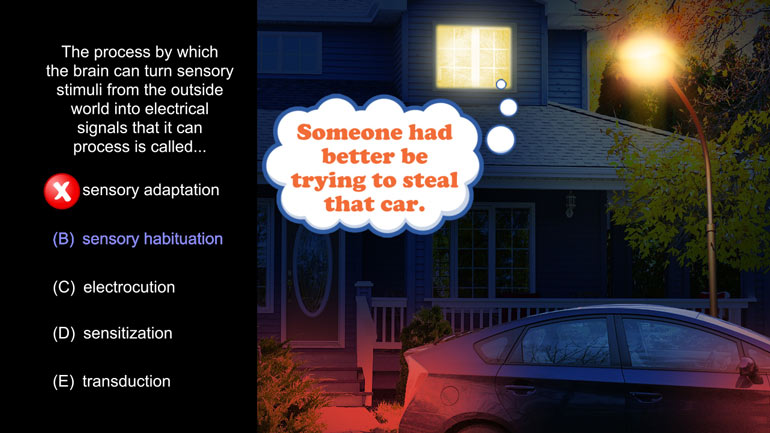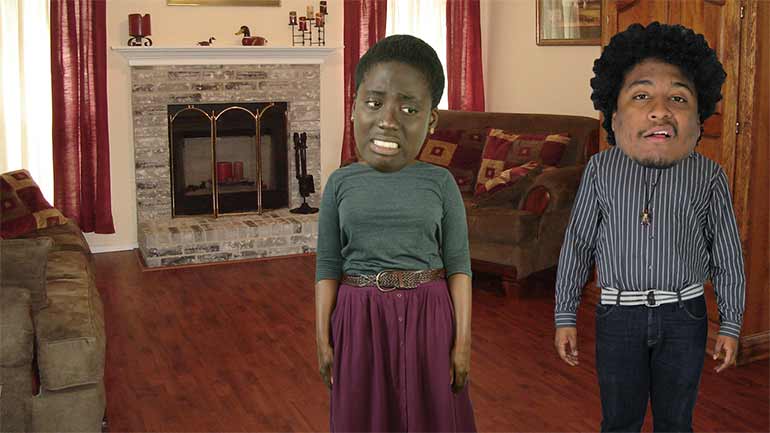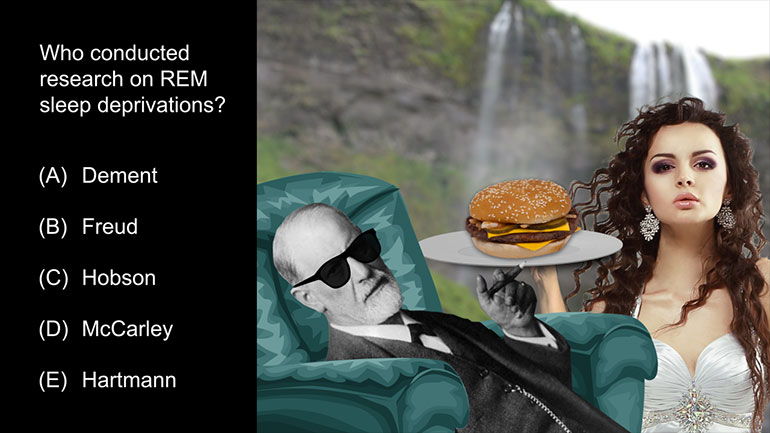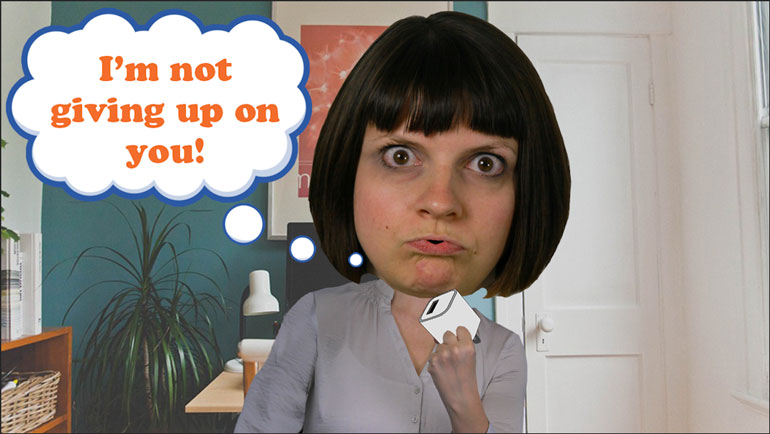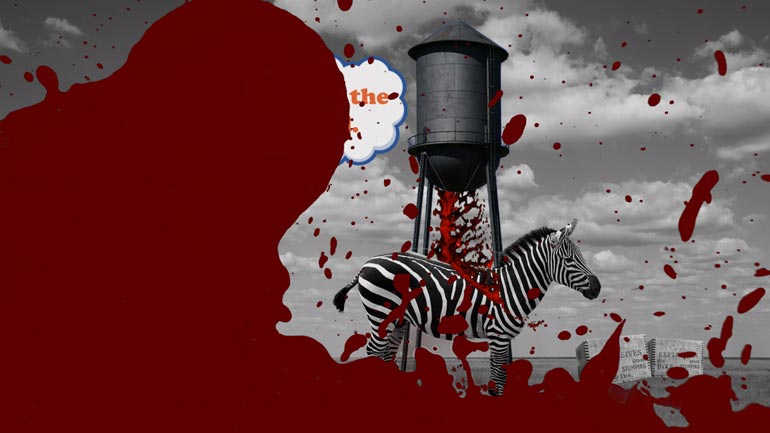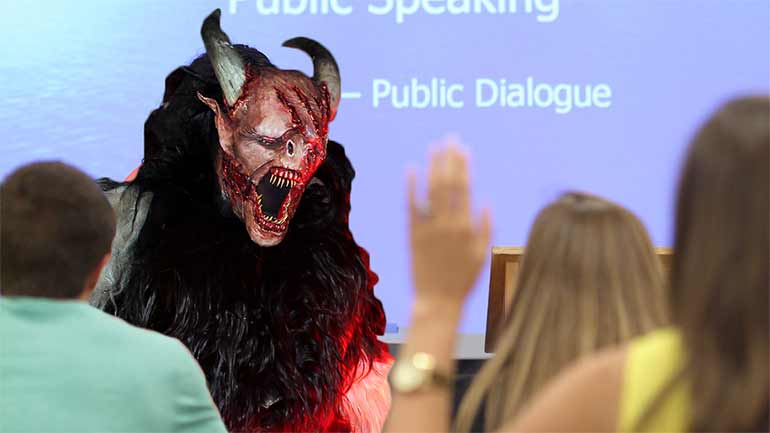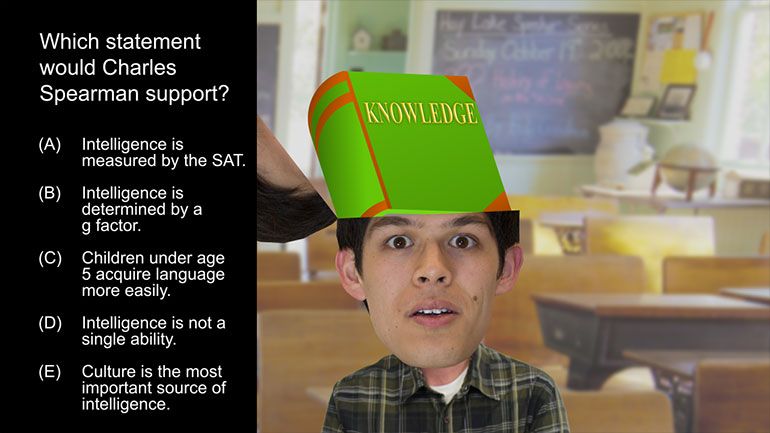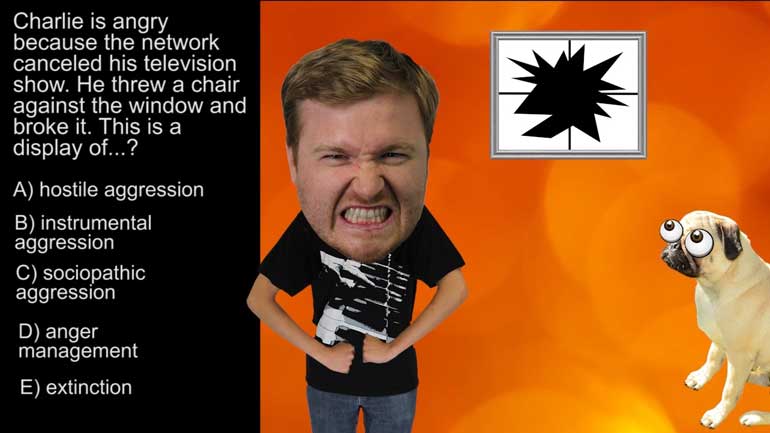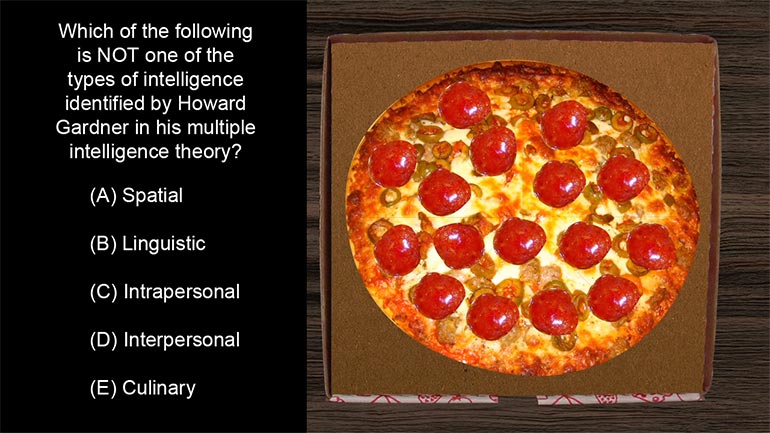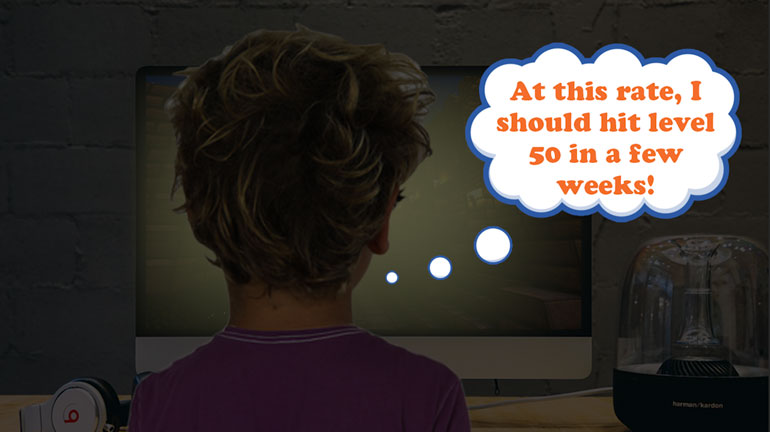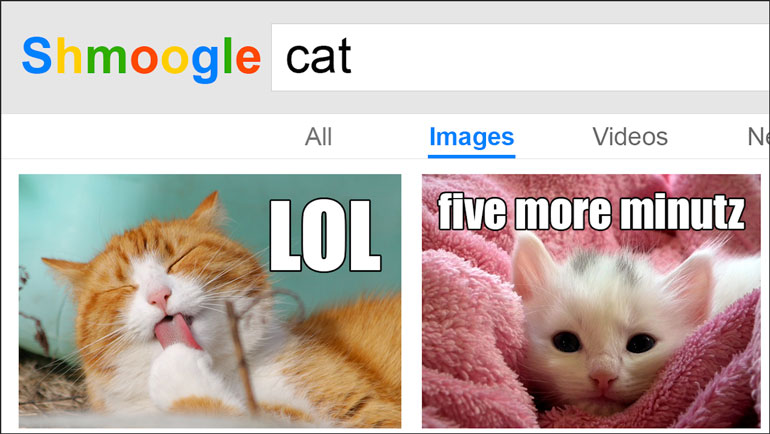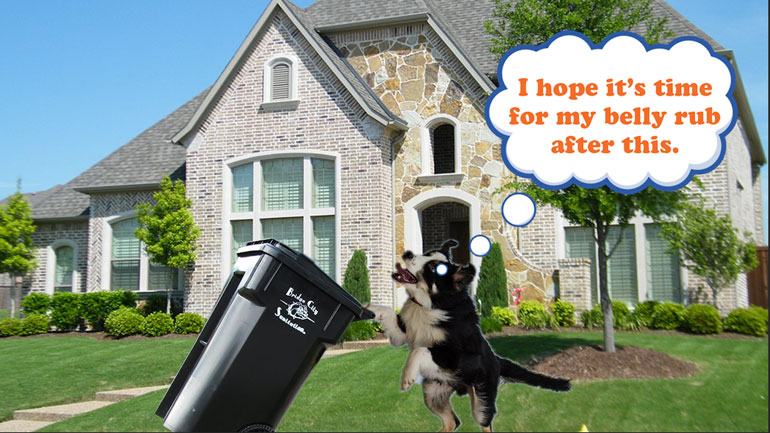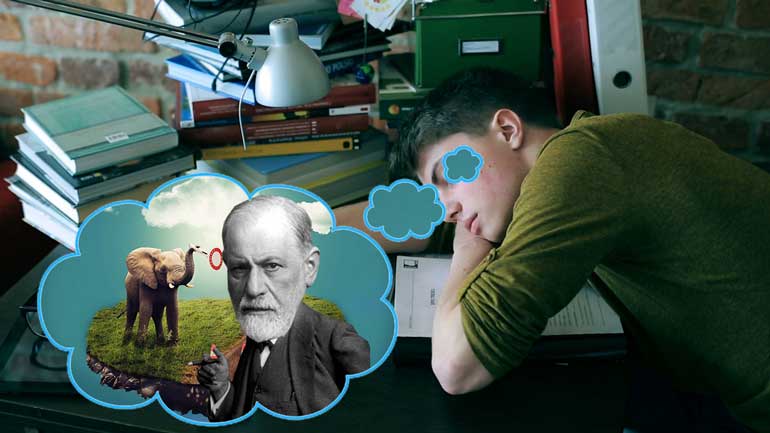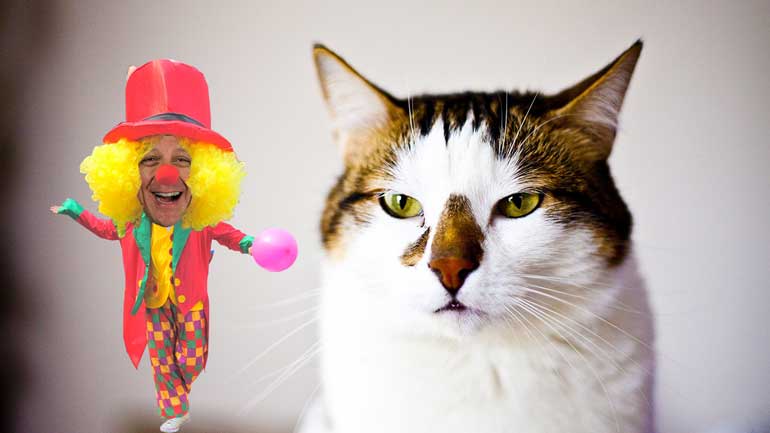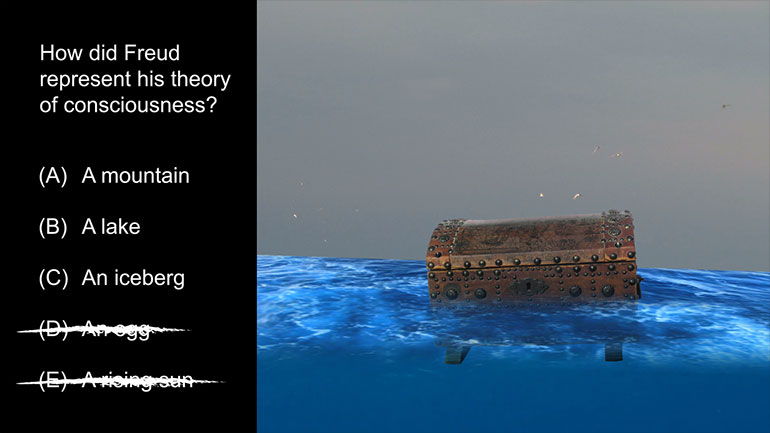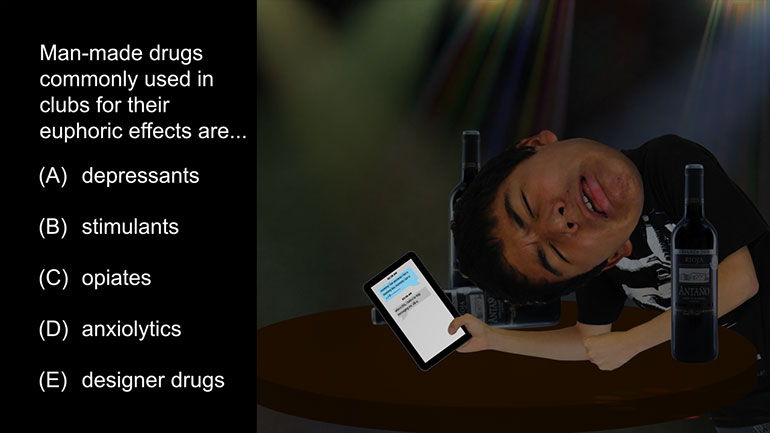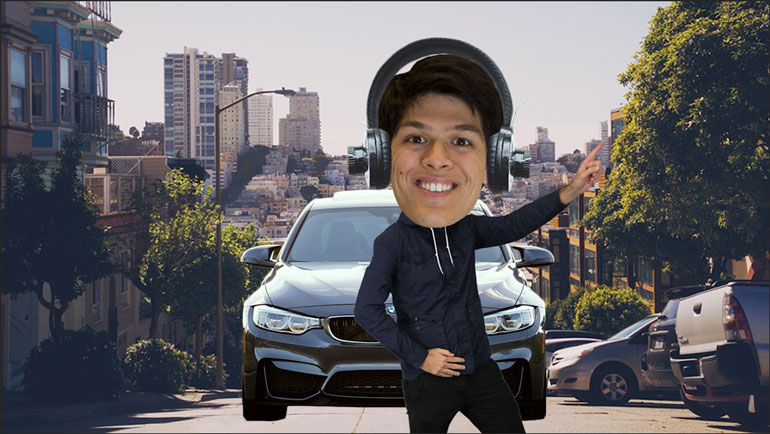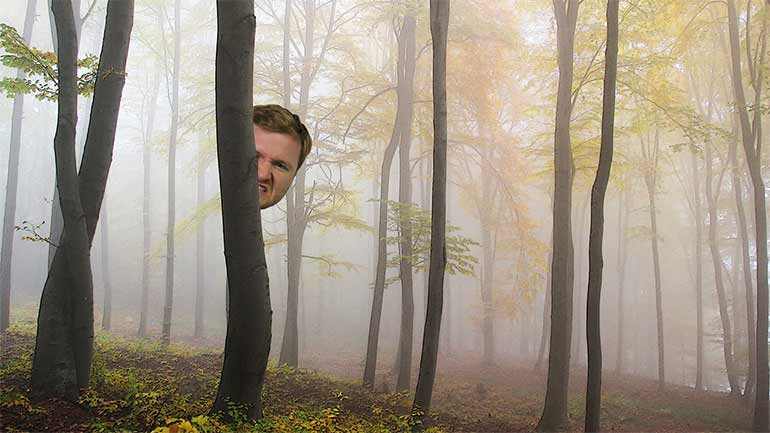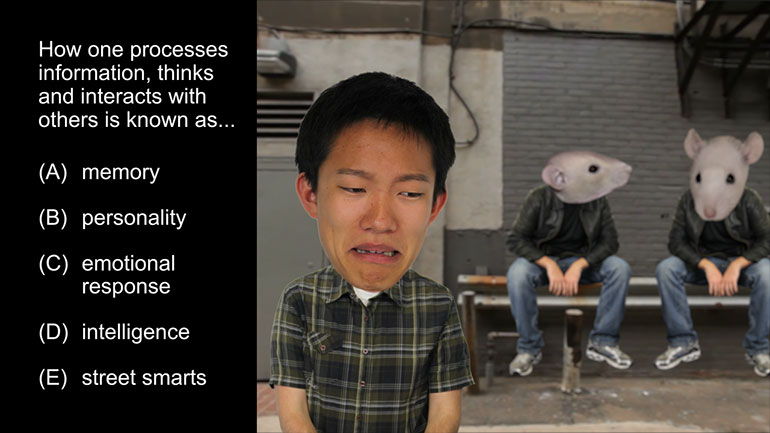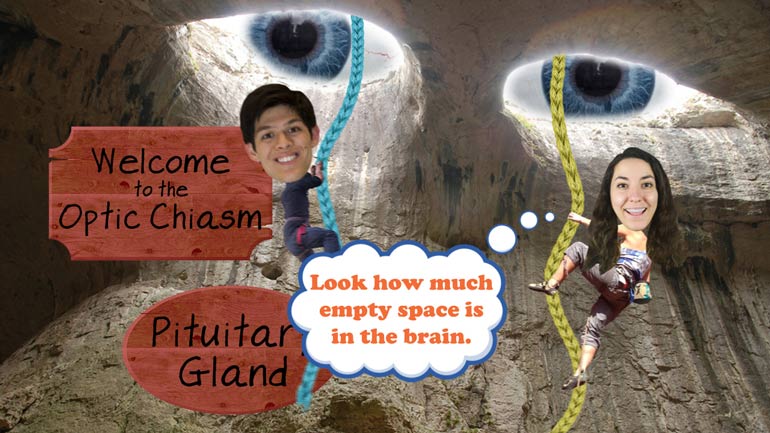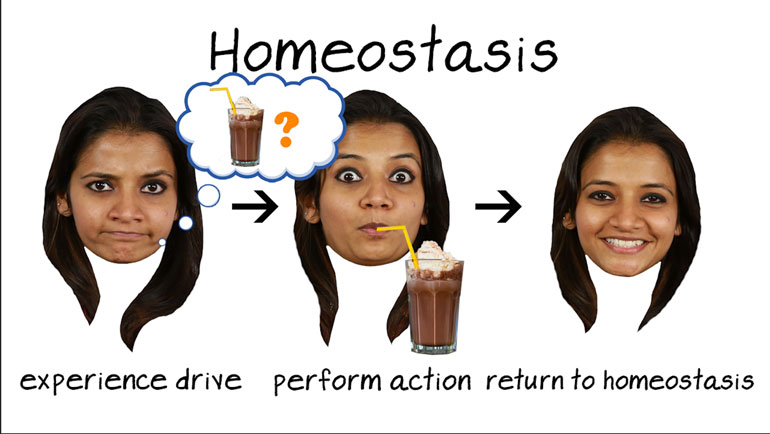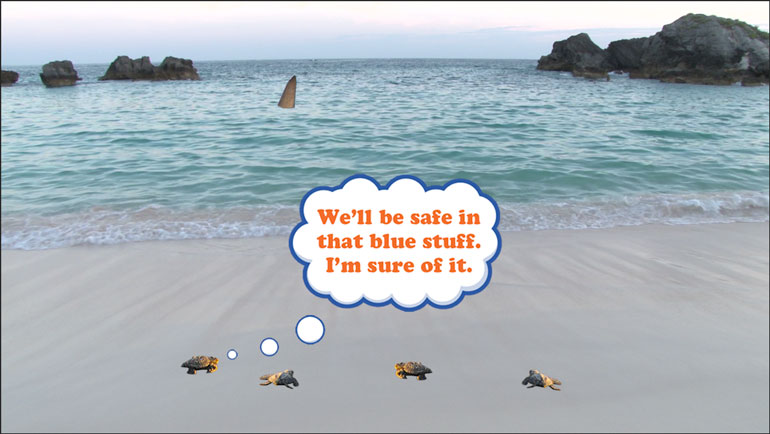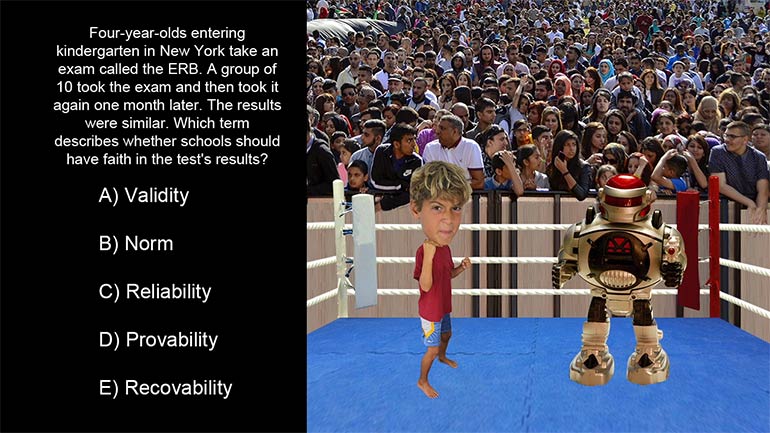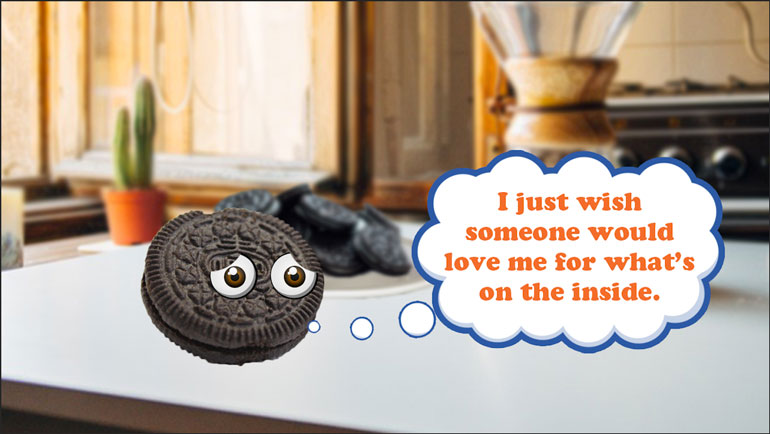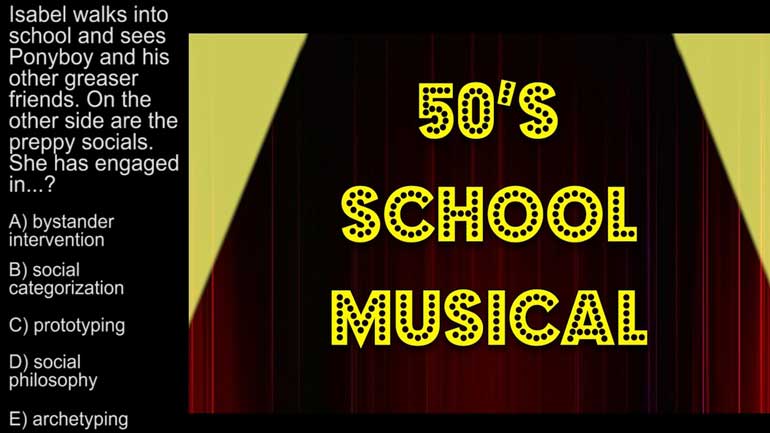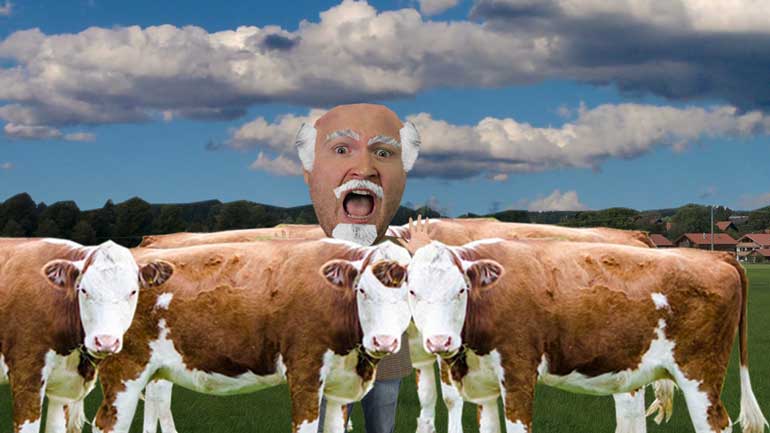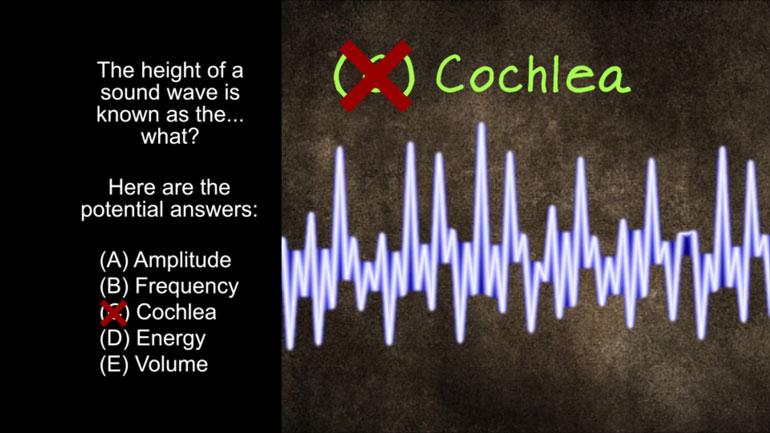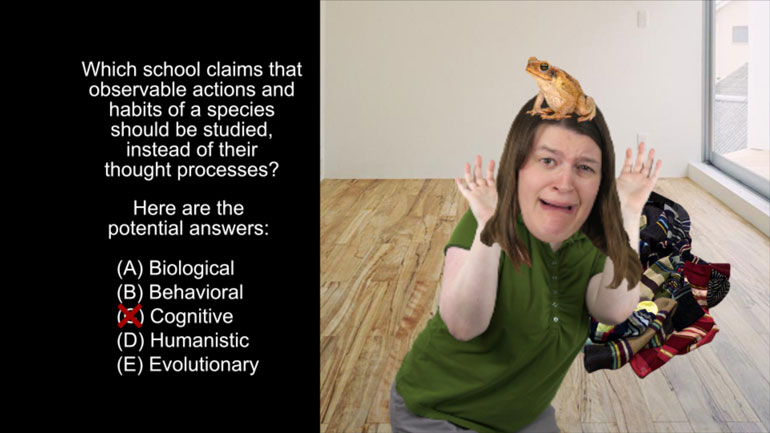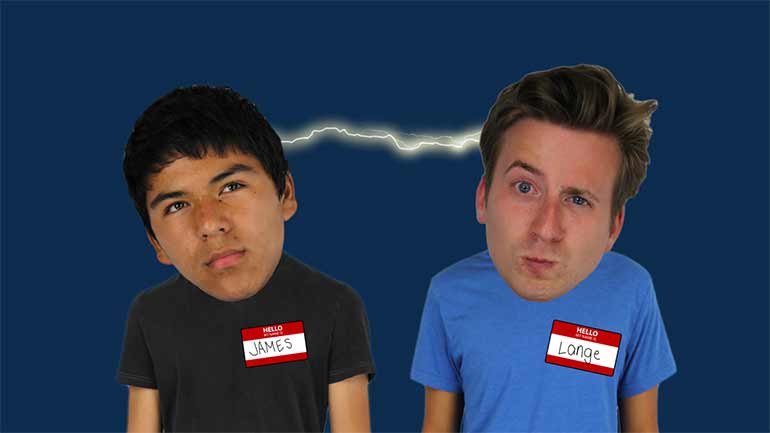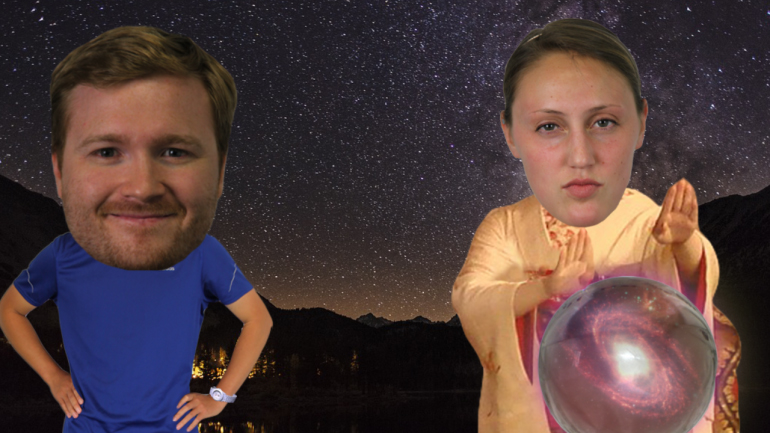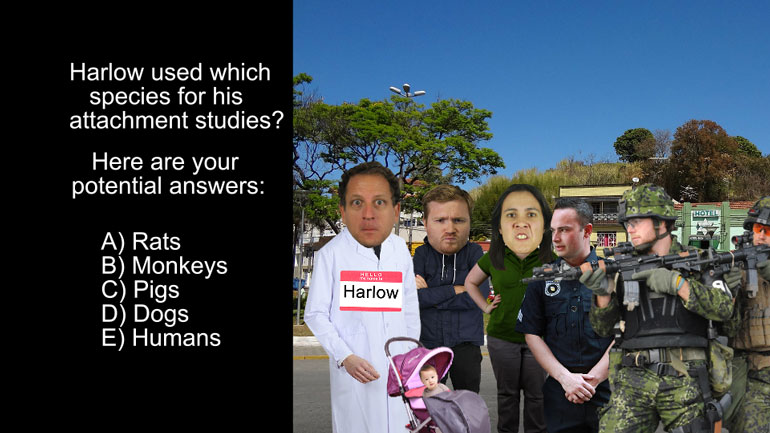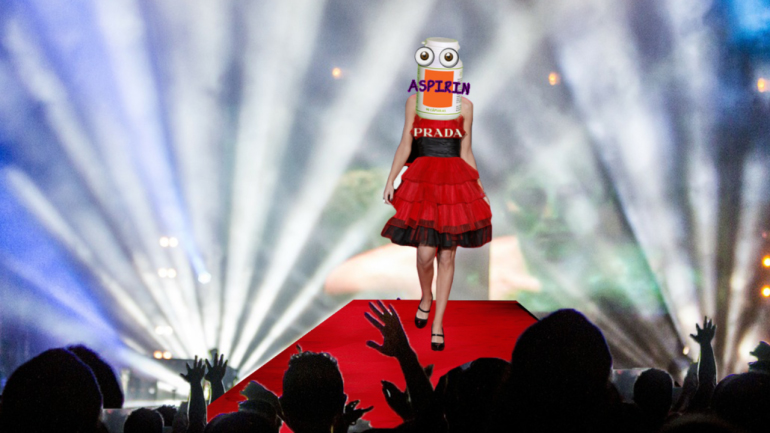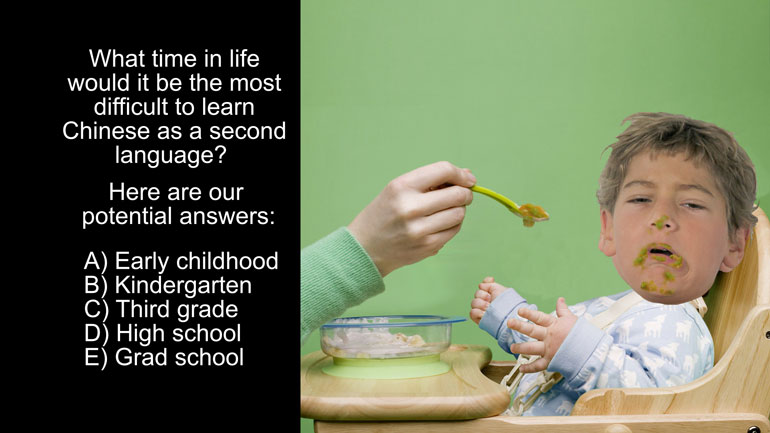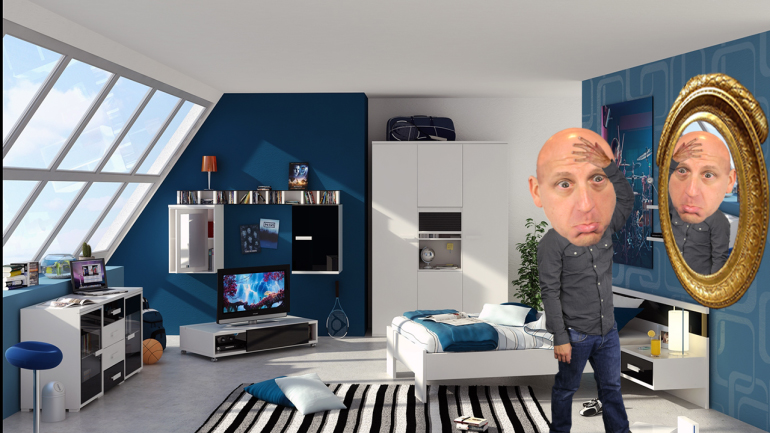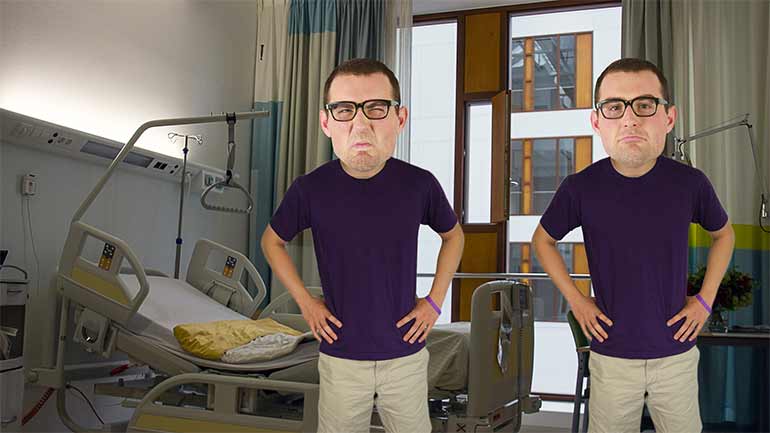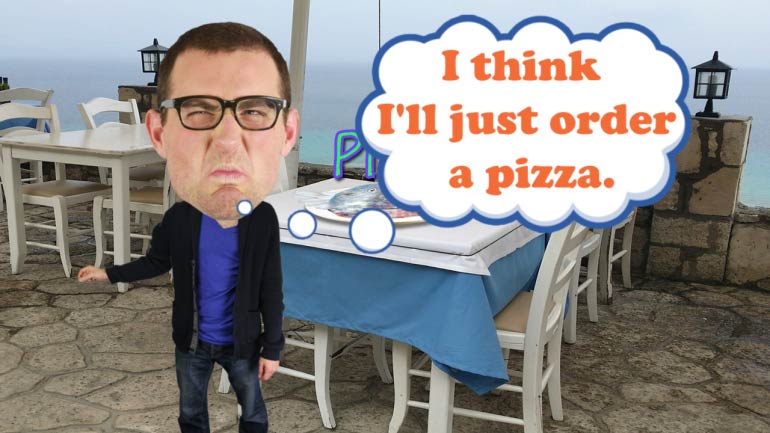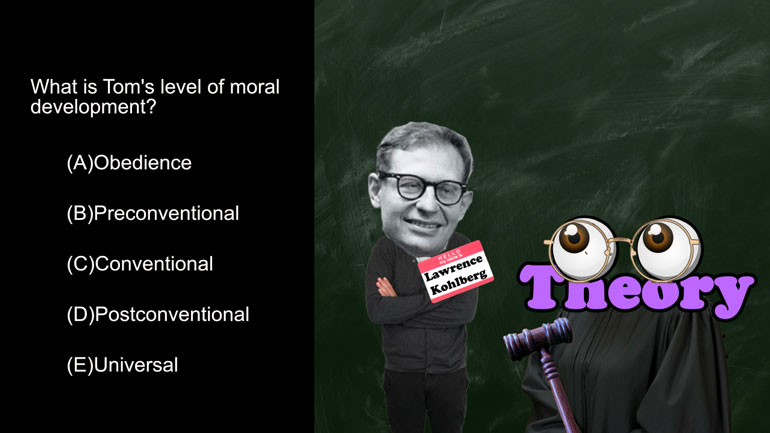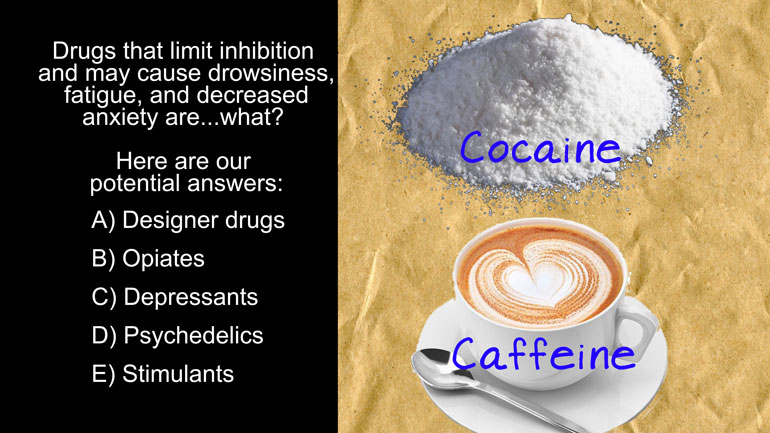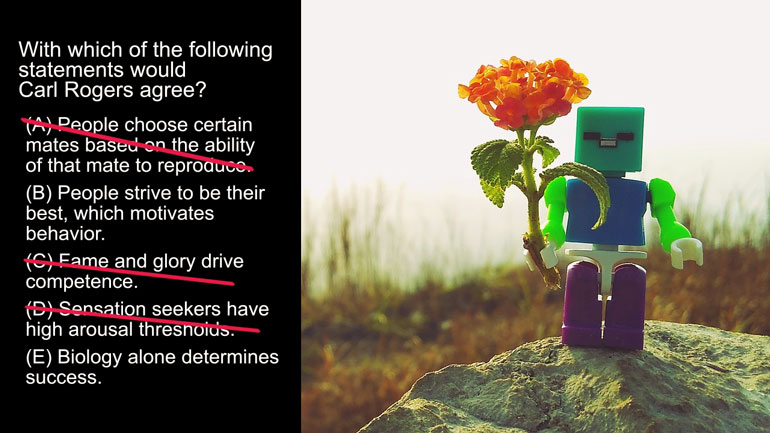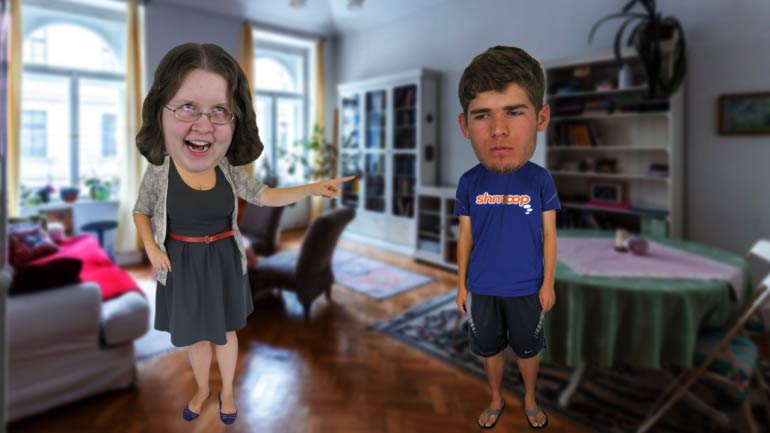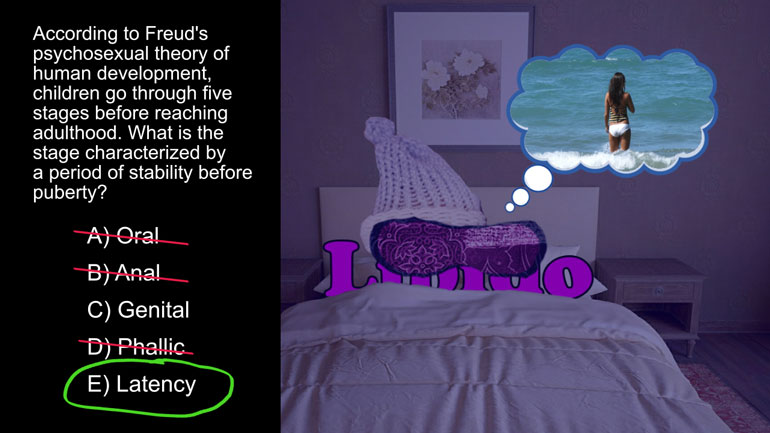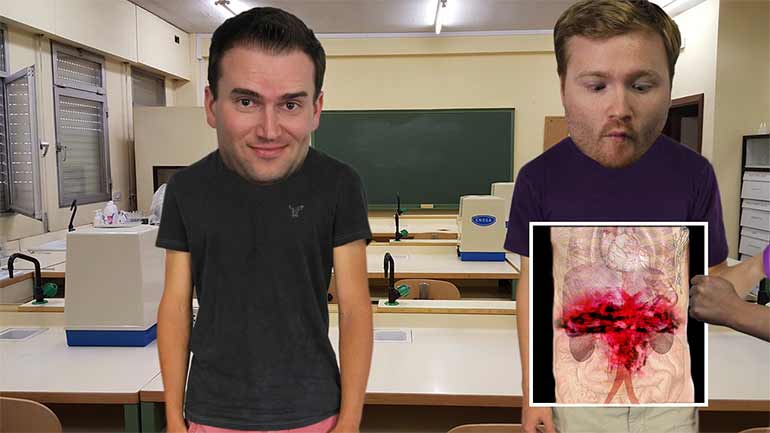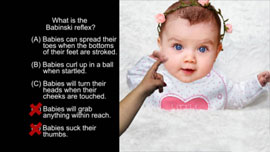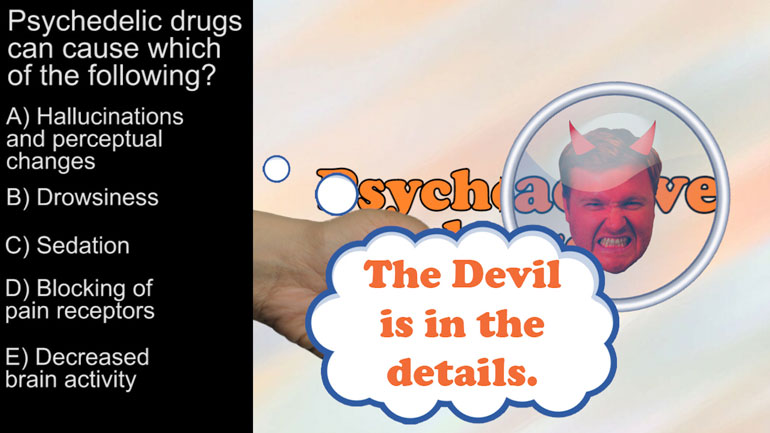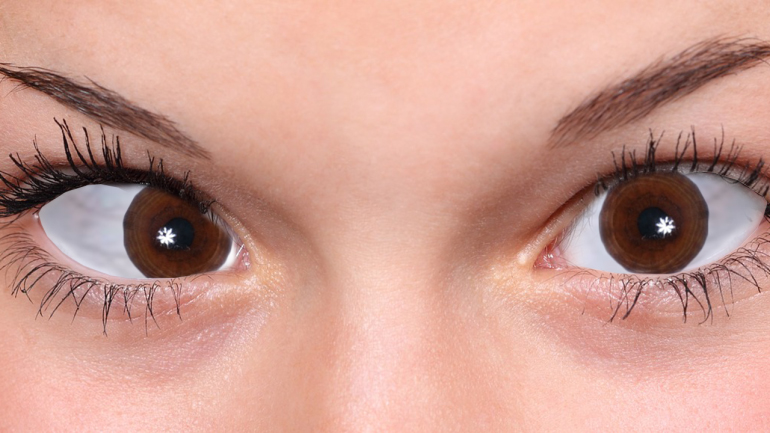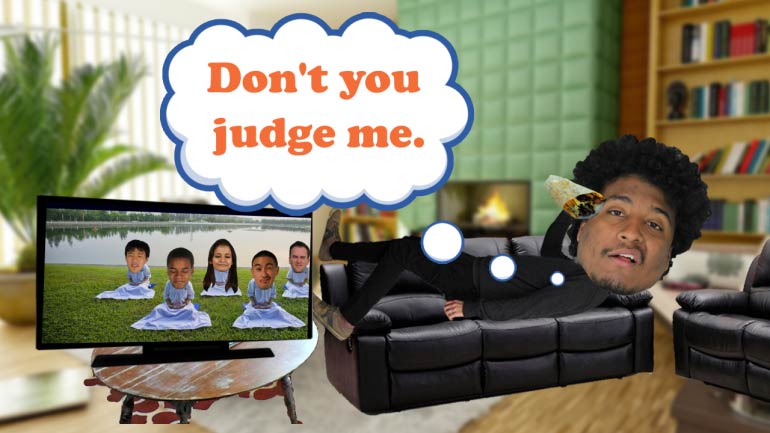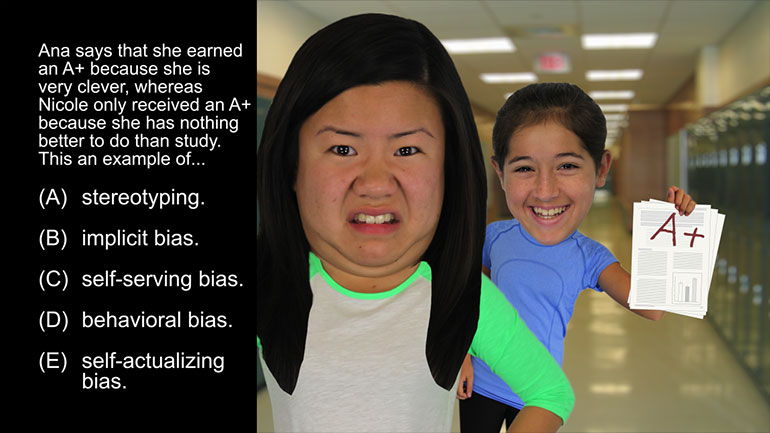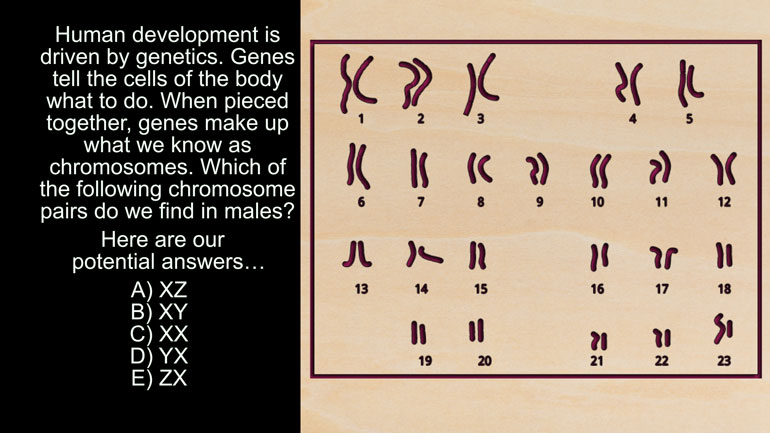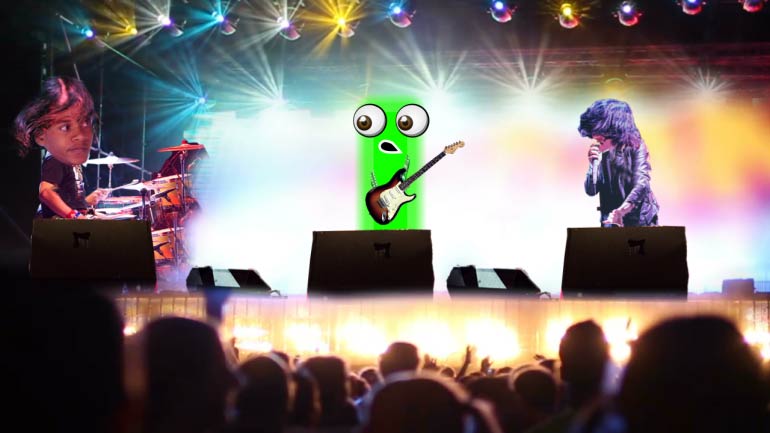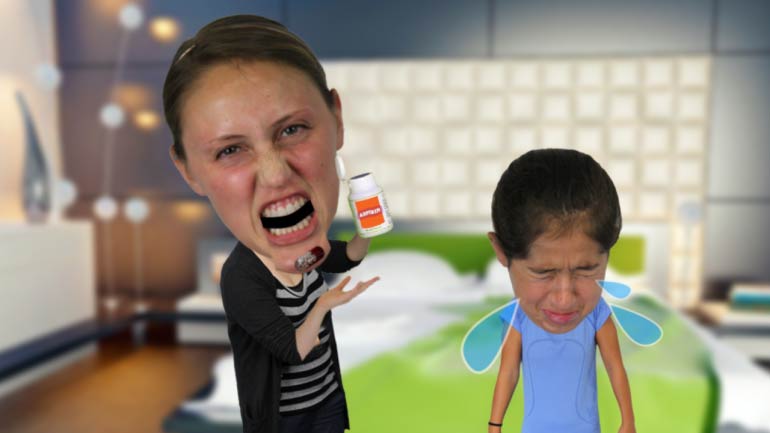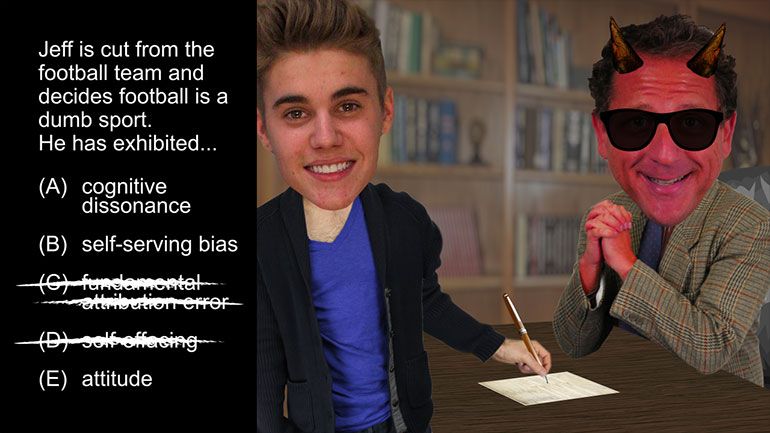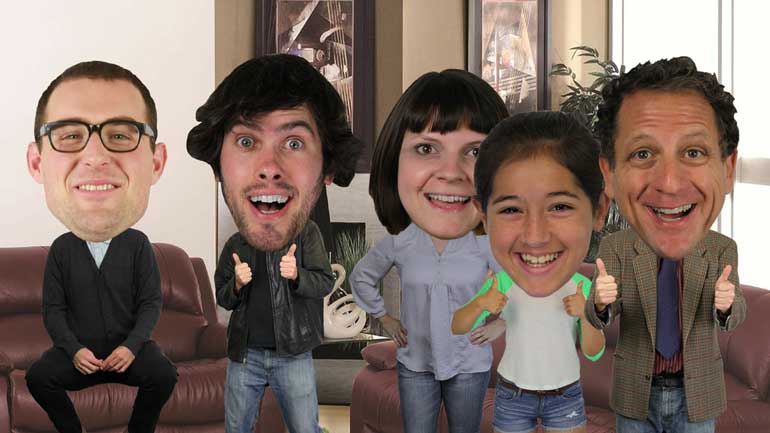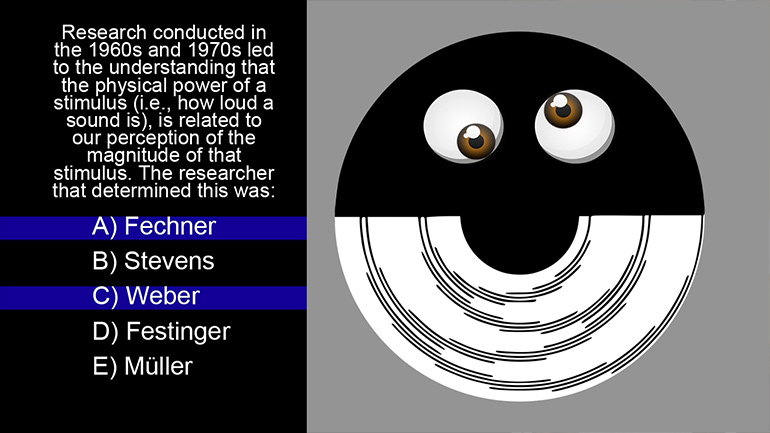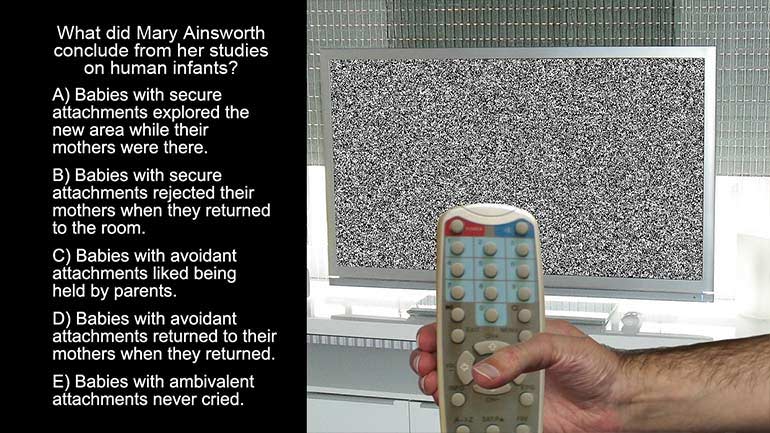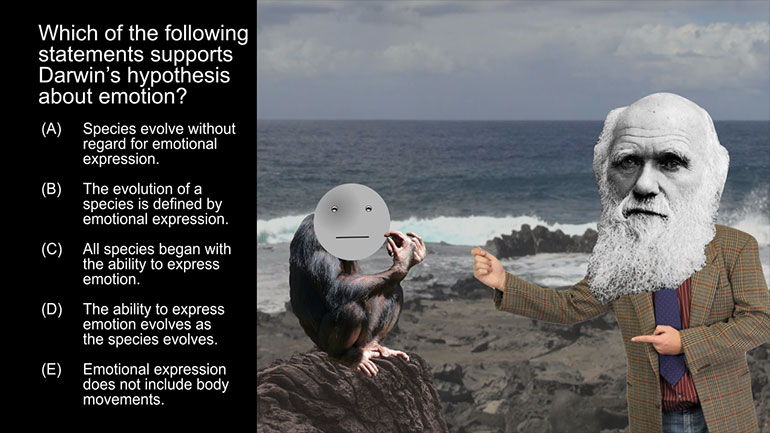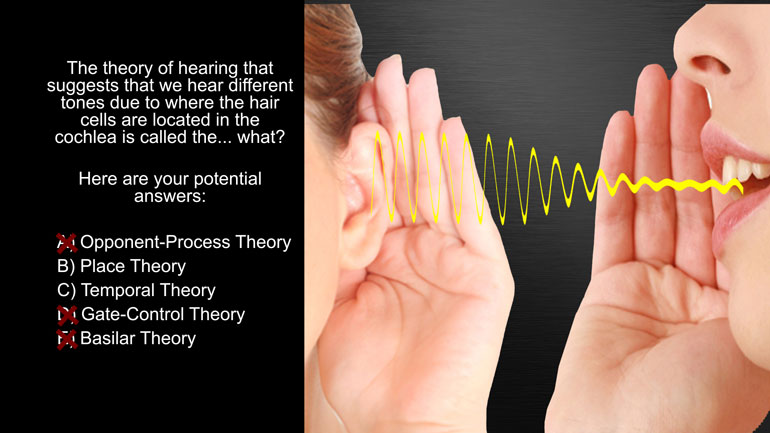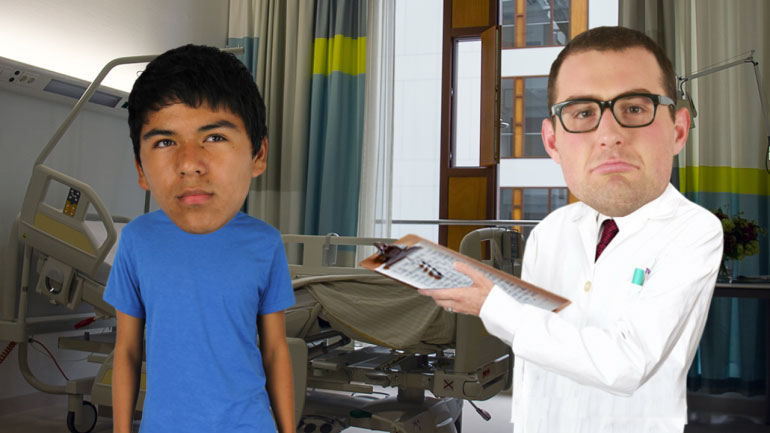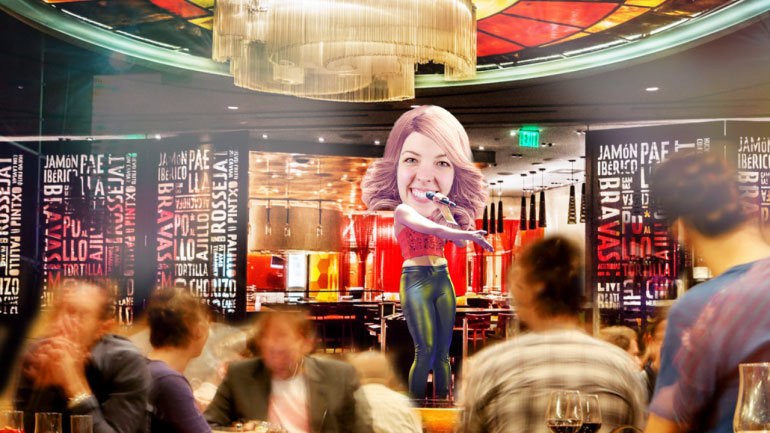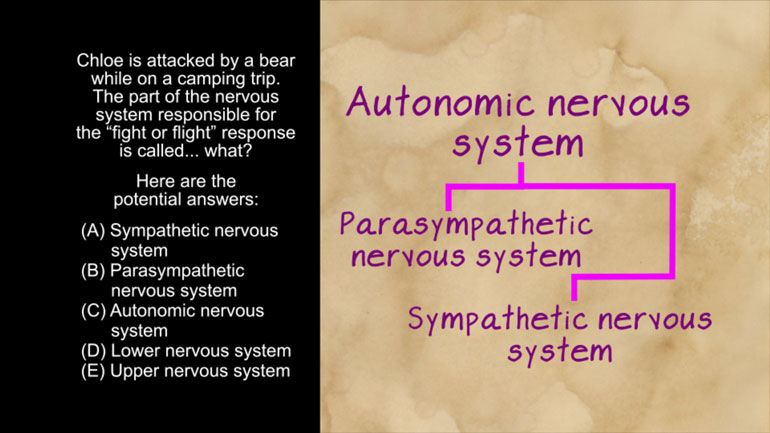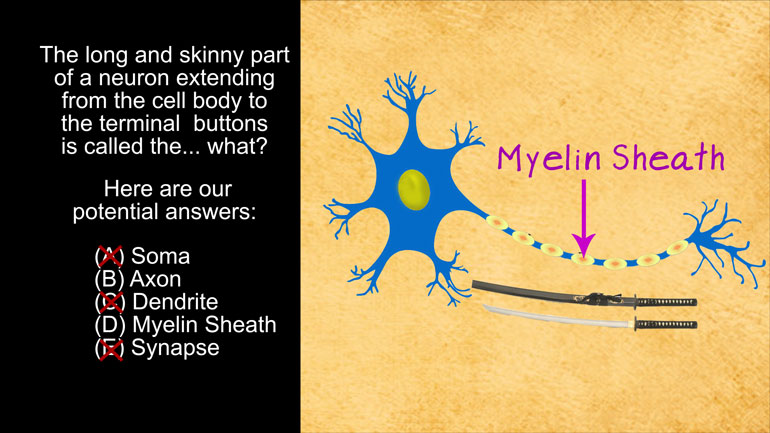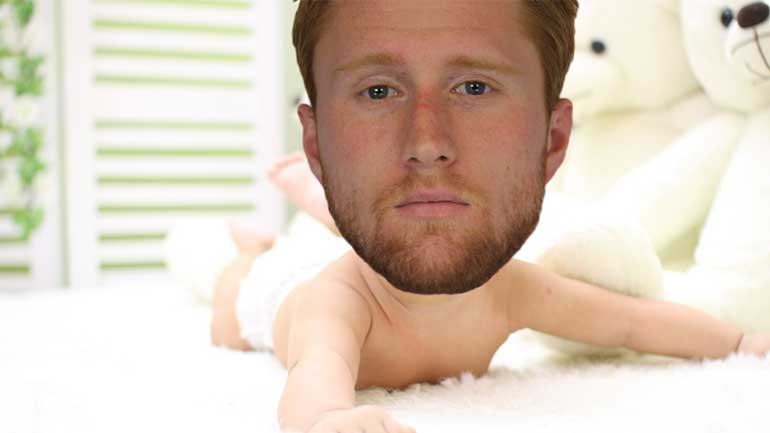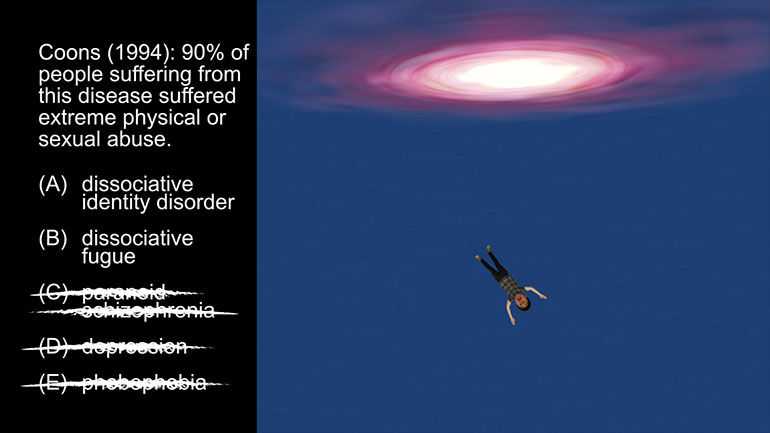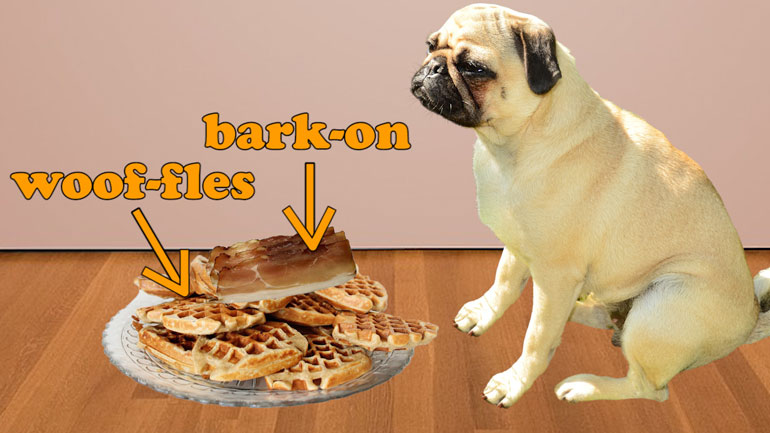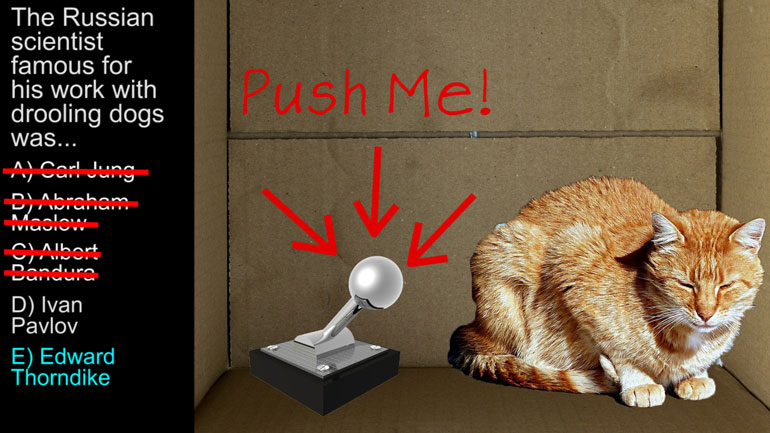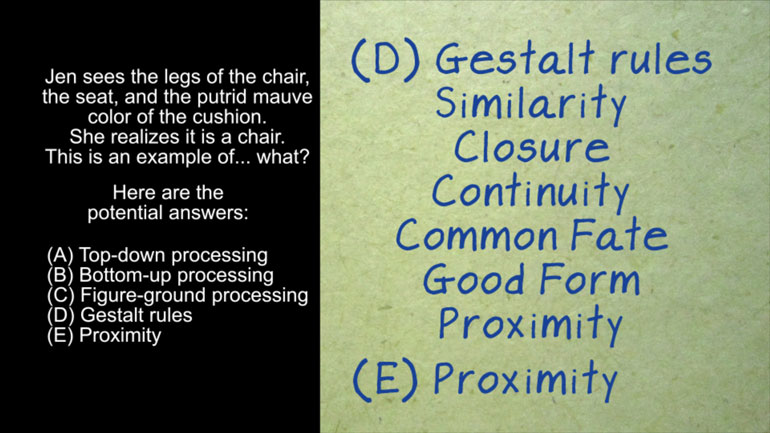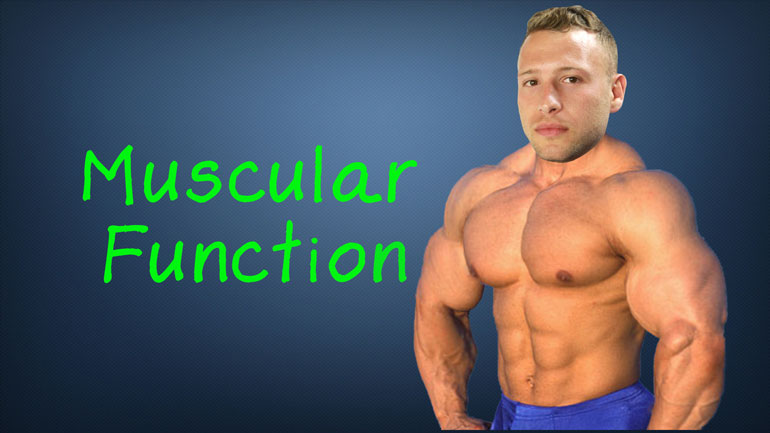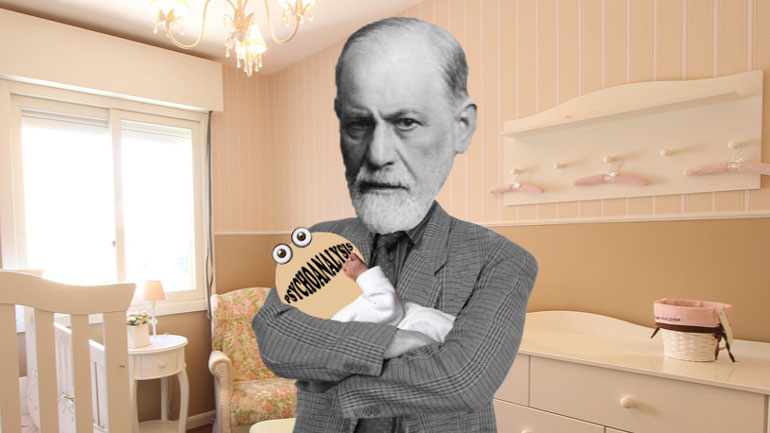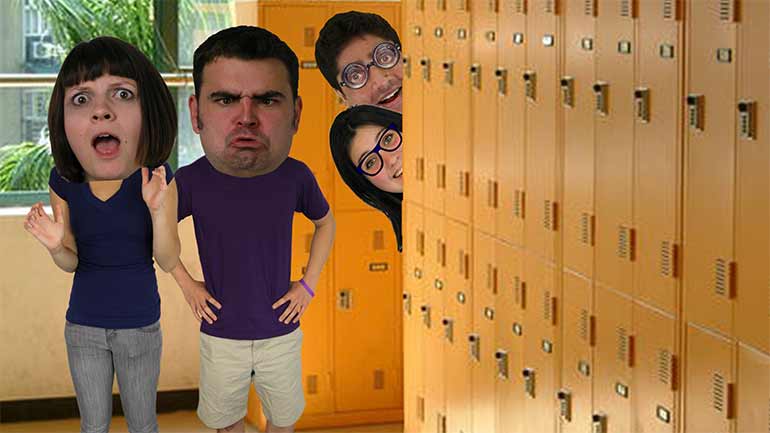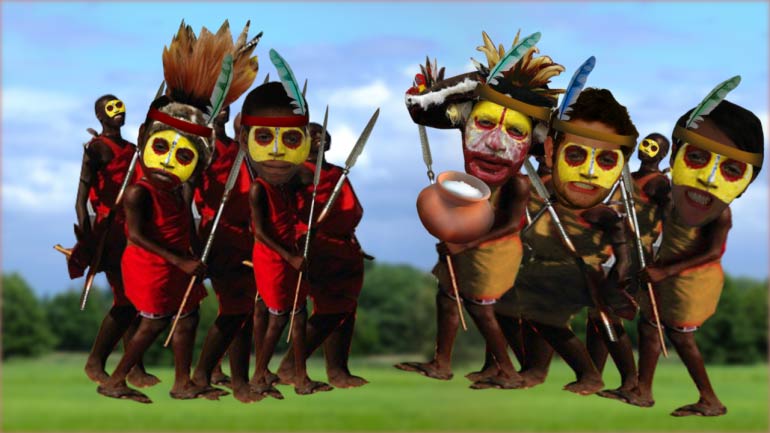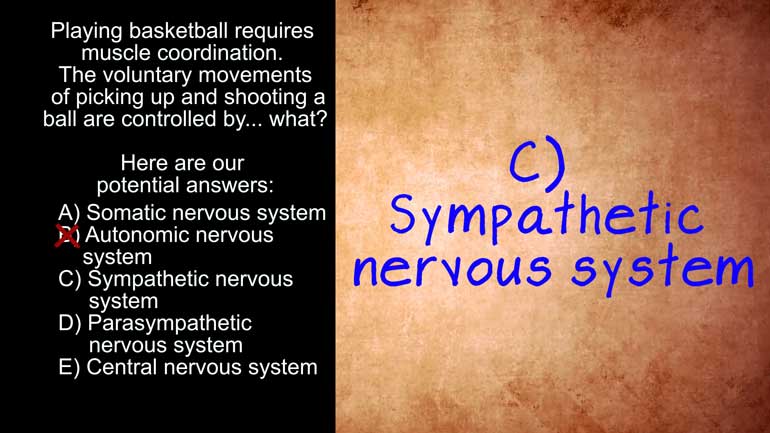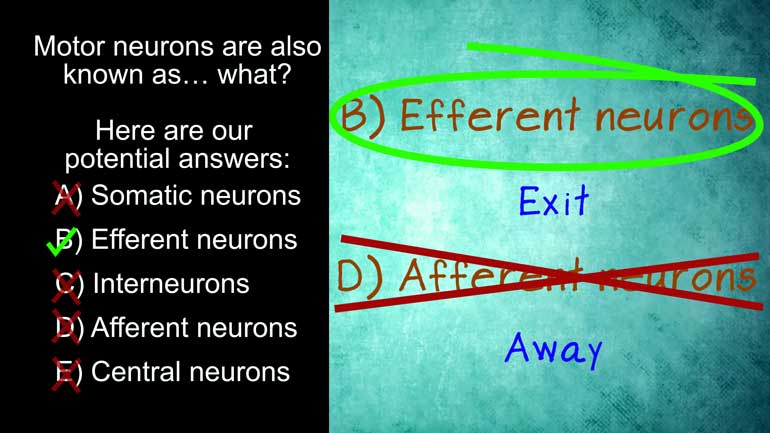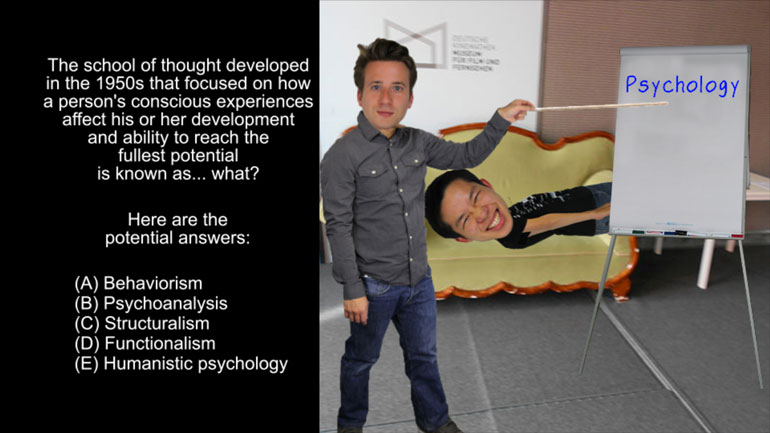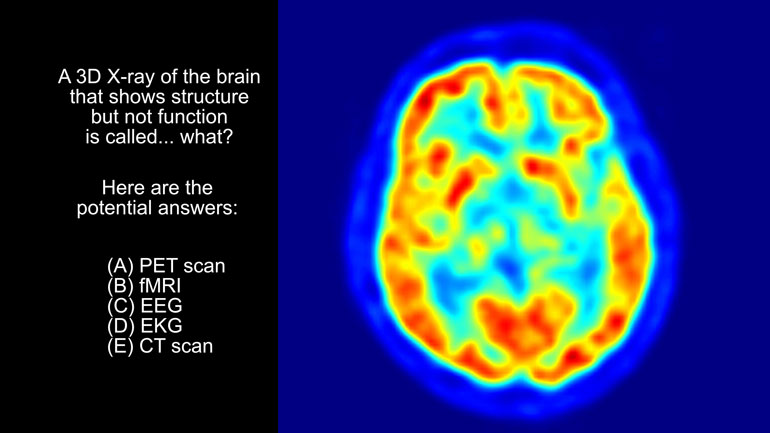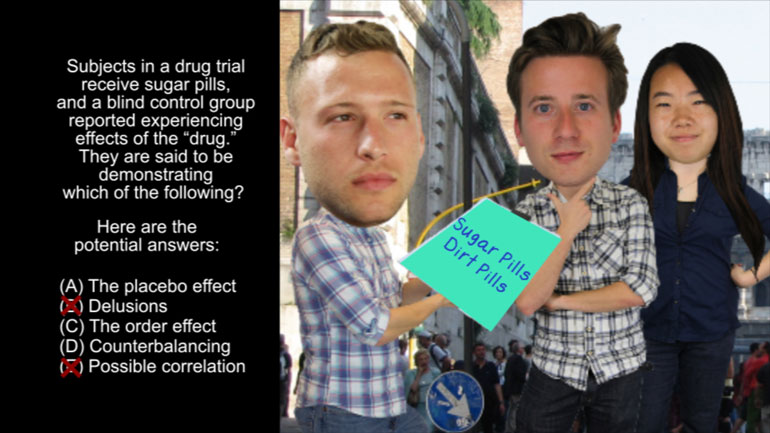ShmoopTube
Where Monty Python meets your 10th grade teacher.
Search Thousands of Shmoop Videos
AP Psychology Videos 163 videos
AP Psychology 2.2 Social Psychology. Which of the following was an independent variable manipulated in Asch's research?
AP Psychology 1.1 Personality. According to Freud, these three parts of personality are constantly in conflict.
AP Psychology 1.1 Sensation and Perception. The process by which the brain can turn sensory stimuli from the outside world into electrical signals...
AP Psychology 2.4 Sensation and Perception 5 Views
Share It!
Description:
AP Psychology 2.4 Sensation and Perception. What is this thought process an example of?
Transcript
- 00:04
And here's your shmoop du jour brought to you by proximity
- 00:06
exploited by annoying little brothers on long car trips everywhere. [Young brother annoying sister on car trip]
- 00:12
Alright, here's today's question Jen sees the legs of the chair the seat and the
- 00:16
putrid mauve color of the cushion she realizes it is a chair this is an
- 00:21
example of what and here are your potential answers.
Full Transcript
- 00:26
alright putrid mauve, where Jen go to find this chair the 1970s alright so [Woman balancing chair in her mouth]
- 00:31
this question is asking us to identify Jen's thought process about this gross
- 00:35
chair so let's jump right in is this an example of D) Gestalt rules well Gestalt
- 00:40
rules are also known as the principles of grouping a set of
- 00:44
principles in psychology that suggests that humans naturally perceive objects [Balloons, presents and peppers]
- 00:49
as organized patterns these principles are organized into six categories
- 00:54
similarity we see things that are similar as part of the same group
- 00:58
closure the mind tendency to complete figures even if they aren't actually [Person completing jigsaw]
- 01:02
complete continuity if objects intersect we can perceive the separate object as
- 01:08
uninterrupted. Common fate - if things are moving together we typically group them together
- 01:14
Good form - our ability to identify common shared attributes like form pattern or color in [monkey playing with different shapes]
- 01:19
order to group objects together and finally proximity objects that are
- 01:24
closer together are often grouped together and also answer E) Ok so let's catch our [Man wipes sweat from forehead]
- 01:29
breath and we're back because all this refers to grouping and not at all the
- 01:34
singular object perception so we can lose D) and E) right away hey group wrong
- 01:39
answers how appropriate alright it's Jens thought process and example of C)
- 01:44
figure ground processing, well figure ground processing is the ability to
- 01:49
identify a figure from the background this could mean identifying a bird in [Boy points to bird in the sky]
- 01:54
the sky words on a page or trying to figure out this super famous optical
- 01:58
illustration by Edgar Ruben you know the one you'd see their two faces or a vase
- 02:02
depending on how you look at it well personally we think it looks like a [Optical image of two faces with a vase in the middle]
- 02:05
goblet but that's not even one of the options so thanks Ruben, anyway seeing
- 02:09
this question doesn't refer to the ability to distinguish the chair from a
- 02:12
background this doesn't fit either, so you can cross
- 02:14
out C) so that leaves us with top-down processing and bottom-up processing well
- 02:20
top-down processing is when we take our expectations and knowledge to help us
- 02:24
interpret sensory stimuli let's say Jen just spent an afternoon listening to her [Jen laid on grass listening to music]
- 02:29
favorite song on repeat and her favorite song just happens to be about the
- 02:34
one-eyed one-horned flying purple people eater well if she were to walk into a [Purple people eater appears]
- 02:39
room shortly thereafter only to find a mauve chair lurking in the shadows
- 02:43
top-down processing might cause her to assume the sofa was in fact a hungry [Chair attempts to eat woman]
- 02:48
hungry monster bottom-up processing on the other hand refers to the ability to
- 02:53
pick up features of stimuli in our world and piece them together to make
- 02:56
sense of them you know like seeing the legs and seat of the chair and
- 03:00
rationally coming to the conclusion then it's just an ugly fuzzy chair and if [An ugly chair appears]
- 03:04
that' sounds familiar good thinking is exactly what the question describes so B)
- 03:08
is our answer so honestly you don't need to listen to classic Halloween songs to
- 03:13
be scared of this putrid mauve monstrosity [Putrid mauve chair appears in a room]
Related Videos
AP Psychology 2.2 Social Psychology. Which of the following was an independent variable manipulated in Asch's research?
AP Psychology 1.1 Personality. According to Freud, these three parts of personality are constantly in conflict.
AP Psychology 1.1 Sensation and Perception. The process by which the brain can turn sensory stimuli from the outside world into electrical signals...
AP Psychology 1.1 Social Psychology. Which of the following best describes social psychology?
AP Psychology 1.1 States of Consciousness. Who conducted research on REM sleep deprivations?
